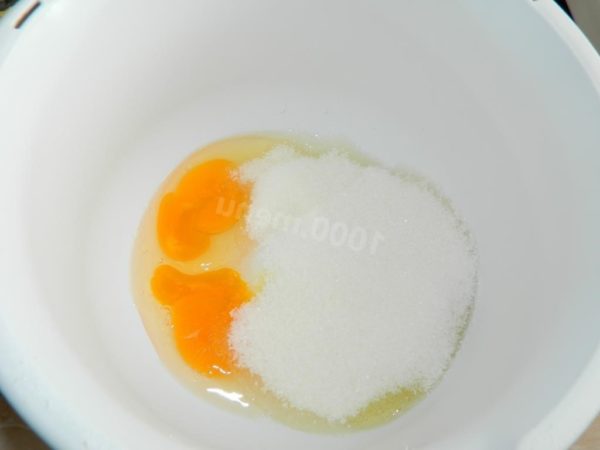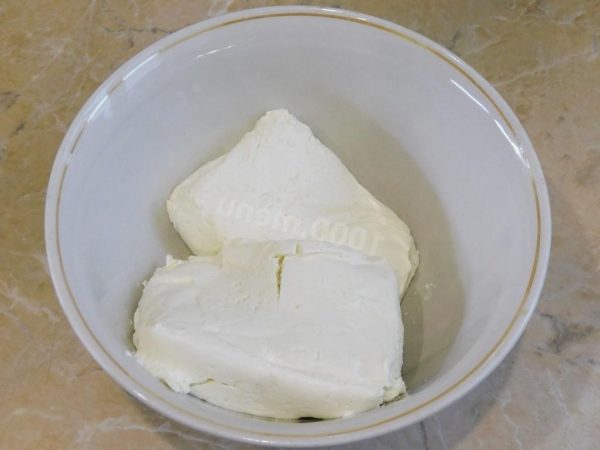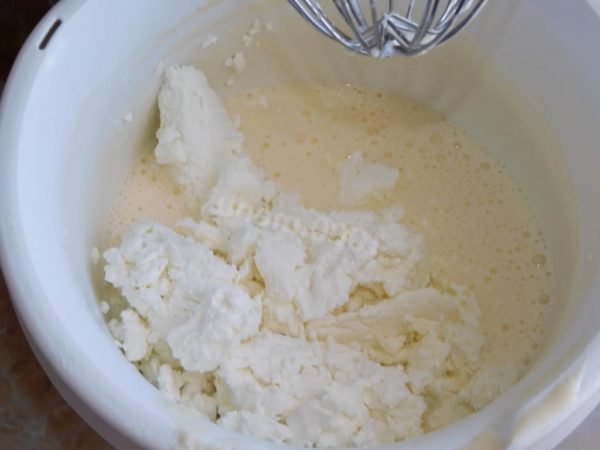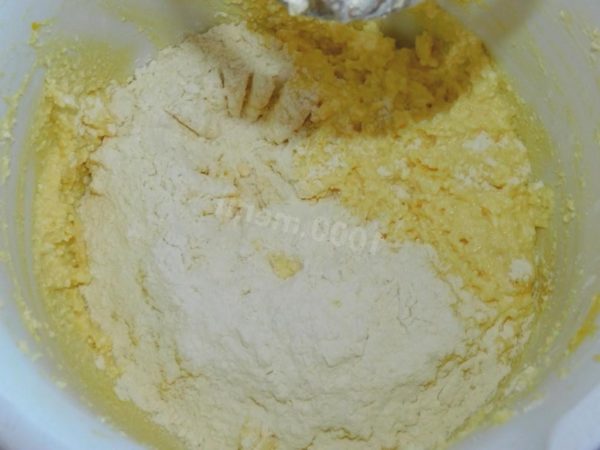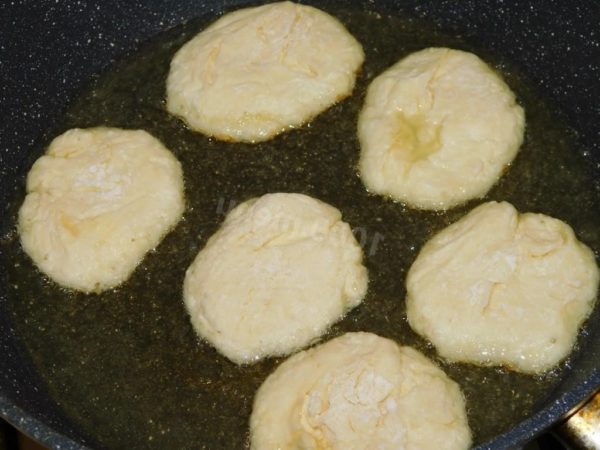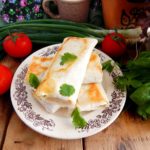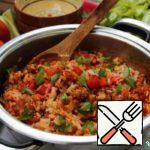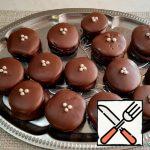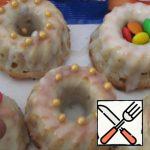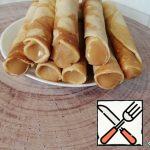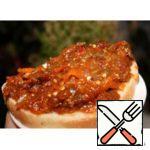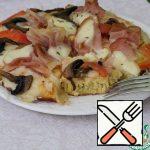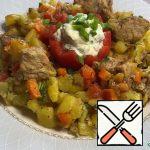| Prep Time | 5 minutes |
| Cook Time | 30 minutes |
| Servings |
|
- 600 gram Cottage cheese
- 2 pieces Eggs
- 4 tablespoon Sugar
- 4 tablespoon Wheat flour / Flour
- 1 gram Vanilin
- 1 gram Soda
- 2 tablespoon Wheat flour / Flour
Ingredients
For the dough:
For breading:
|
- Heat the pan, add a bit of vegetable oil, and reduce the heat slightly. Place the cheesecakes in the pan and fry for 1-2 minutes on each side. Avoid high heat to prevent burning on the outside without proper baking inside. Once done, place the cheesecakes on paper towels to absorb excess oil. Enjoy your delicious treat!
Cheesecakes made using this recipe are foolproof and enjoyed by everyone. The recipe boasts simplicity without any tricky or unconventional ingredients. These cheesecakes are quick to prepare, maintain their shape during frying, and exhibit a natural curd taste. The dough is perfectly balanced with flour, and the final dish is deliciously authentic. For variation, you can substitute semolina for flour or add a touch of semolina to the flour, resulting in equally tasty and tender cheesecakes.
Cheesecakes serve as an excellent semi-finished product. Simply arrange them on a board and freeze; once frozen, transfer them to a bag and store in the freezer. To quickly serve fresh, hot cheesecakes without defrosting, place them directly in a hot frying pan.
If deep-frying is your preference, remember to place the cheesecakes on a plate lined with napkins or paper towels to absorb excess fat.
Indulging in fresh, warm cheesecakes as a snack will satiate you, boost your energy, and lift your spirits throughout the day.
Attention! Although this cheesecake recipe has been thoroughly tested, ingredient selection is crucial. Opt for dry, fine-grained cottage cheese and high-quality flour with a high gluten content.
As flour properties may vary even from the same manufacturer, be prepared to adjust the amount according to the desired dough consistency. Keep in mind that different packages of dry cottage cheese may have varying moisture levels.
If in doubt, prepare a small trial batch of cheesecakes and adjust the flour as needed.
Be aware that the success of the curd dough or filling relies heavily on the careful selection of cottage cheese. A low-quality product can adversely impact the consistency, taste, and overall outcome of the baked goods.
Important! Even the best recipe can be compromised with the wrong choice of frying pan. Select an appropriate frying pan to ensure the success of your culinary endeavors.

